From Rosa Parks to Florence Nightingale: the early homes of ground-breaking women
The early homes of amazing women
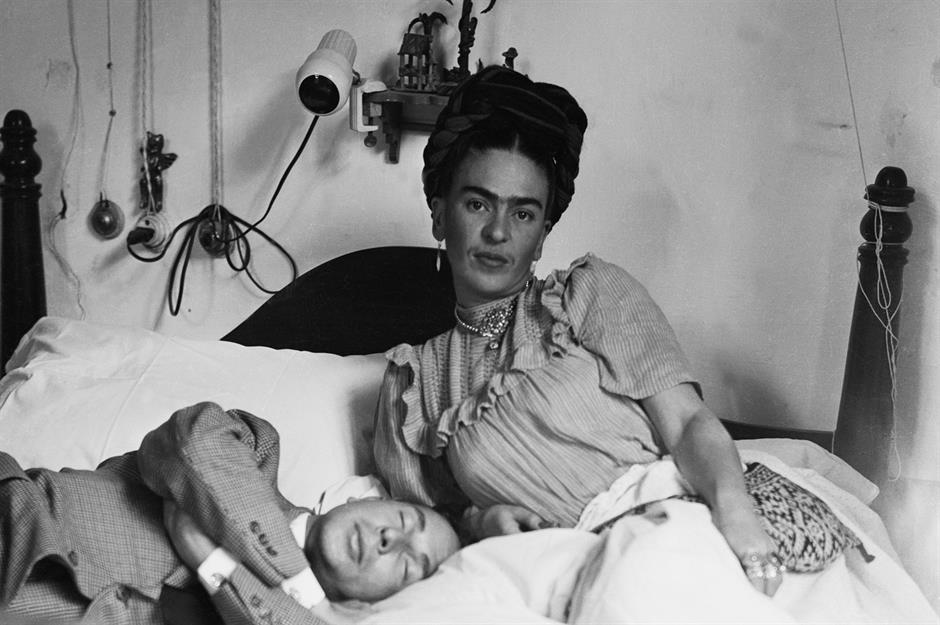
Rosa Parks' hideout, Detroit, USA
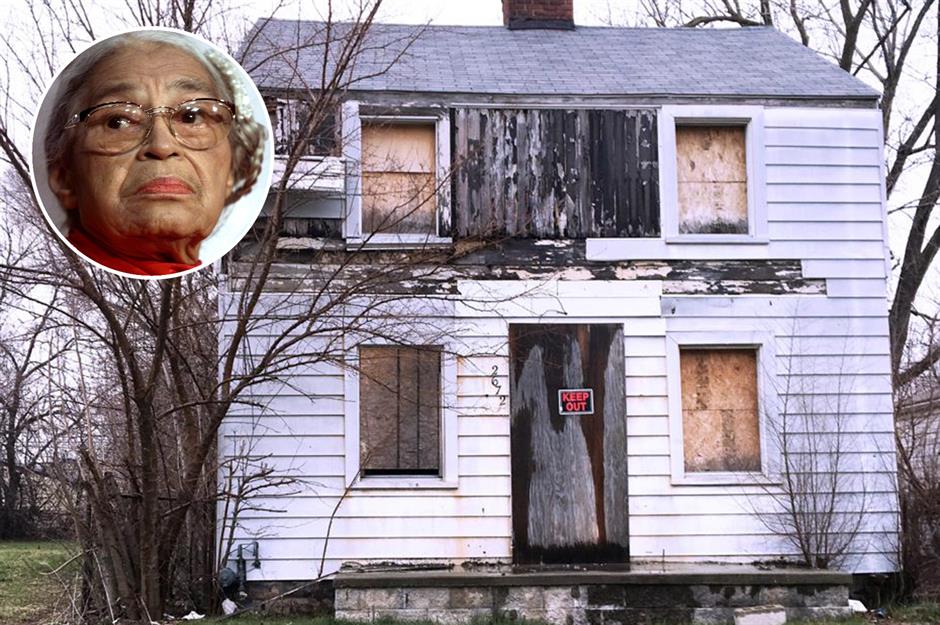
Rosa Parks' hideout, Detroit, USA
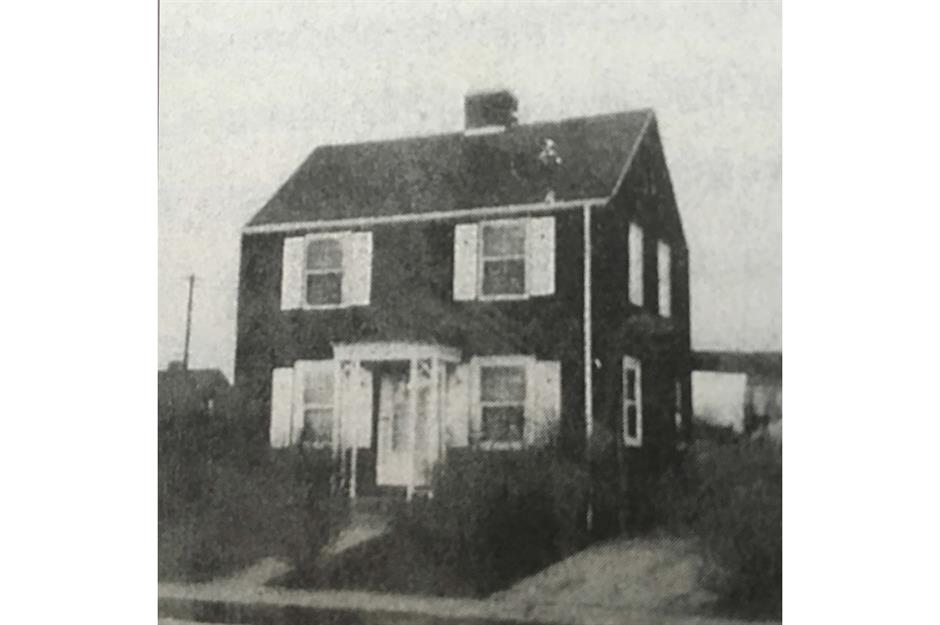
Rosa fled Montgomery, Alabama, amid death threats and sought refuge in this humble wooden home. The house was built in 1936 at 2672 S. Deacon St., a redlined district (an area where some services were denied to residents, often around racial lines) in South West Detroit. On its own the house's value was nominal, but with its connection to Rosa, and everything it represents from the era, one could say it's priceless.
Rosa Parks' hideout, Detroit, USA
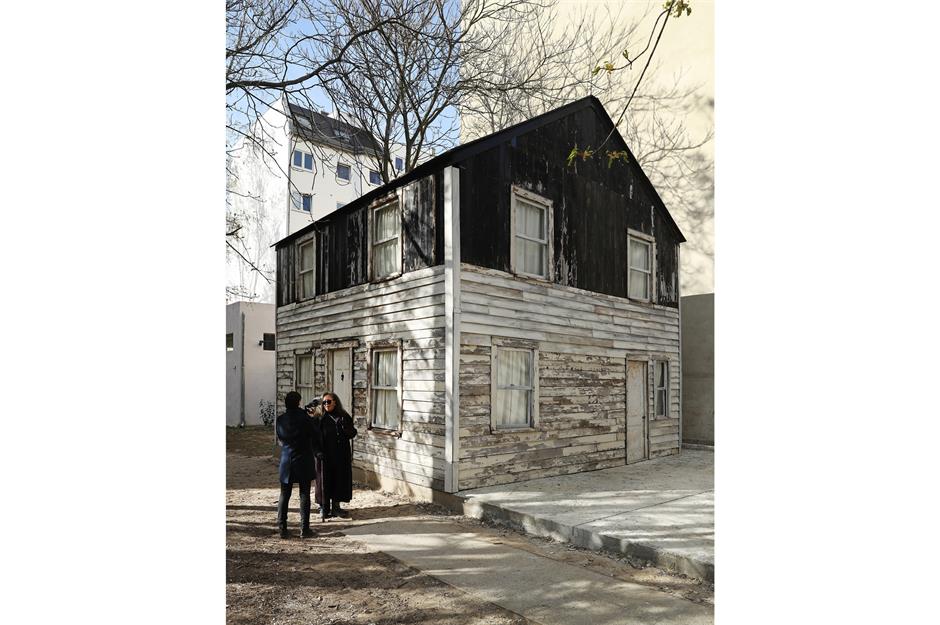
Rosa Parks' hideout, Detroit, USA
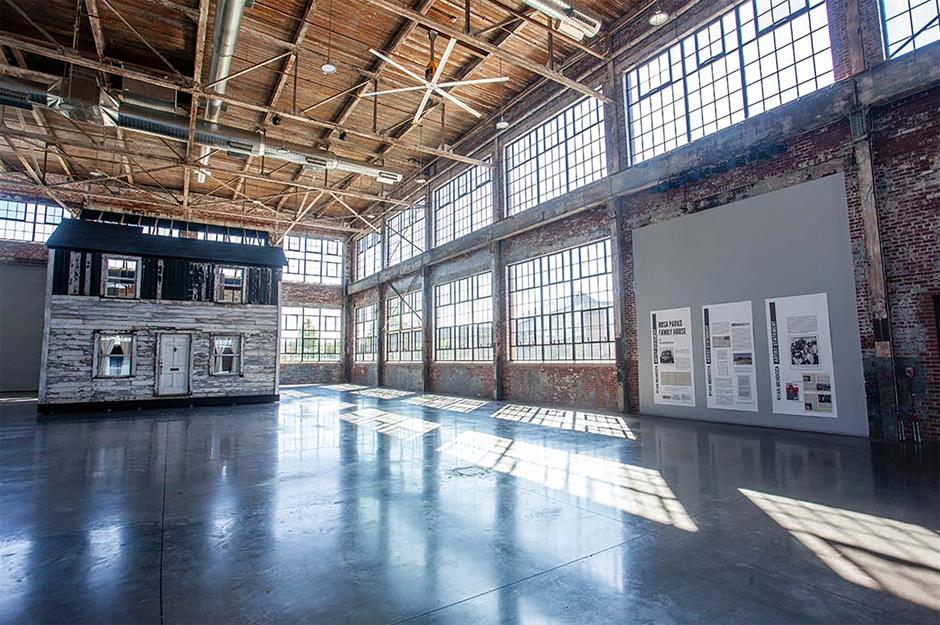
Amelia Earhart's birthplace, Kansas, USA
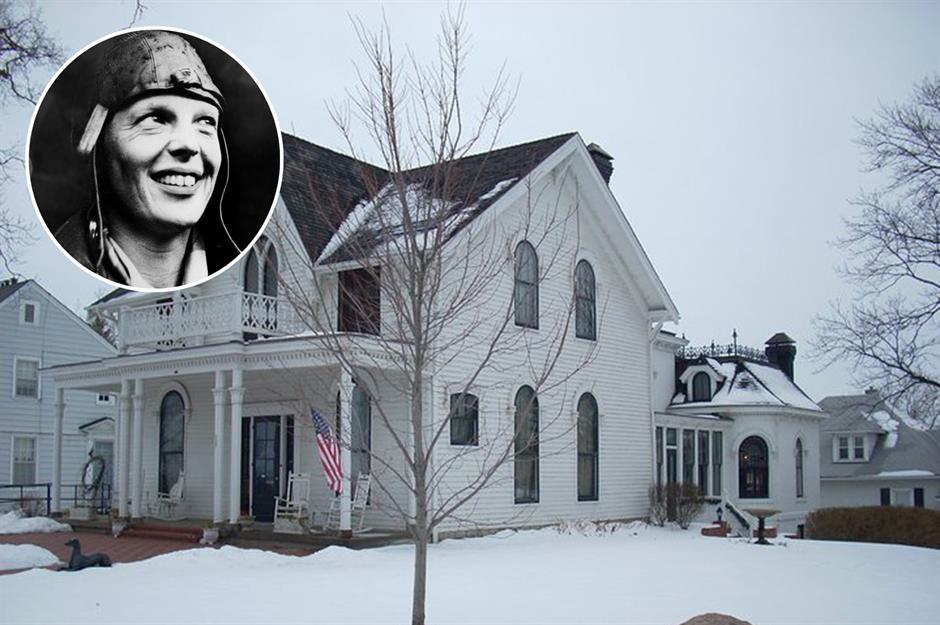
Amelia Earhart, the great aviator and first woman to fly solo across the Atlantic in 1932, spent much of her childhood moving around, living in various towns including Atchison and Kansas City, Kansas and Des Moines, Iowa. She considered Atchison her hometown, having spent more of her life in the Otis home in which she was born, than anywhere else. It's now the Amelia Earhart Birthplace Museum.
Amelia Earhart's birthplace, Kansas, USA
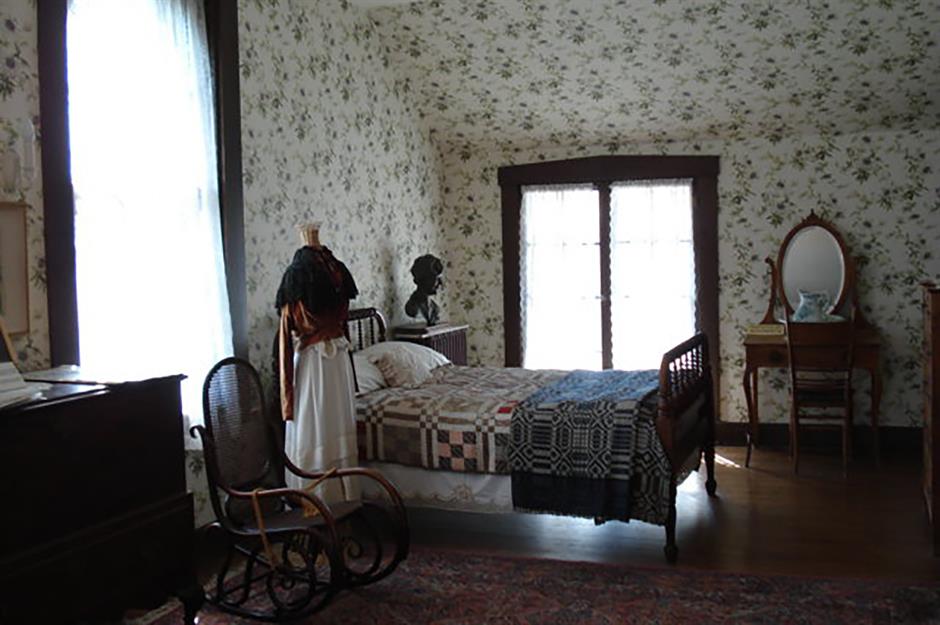
This large south-facing bedroom has been reconstructed to how it would have felt at the turn of the last century, complete with a replica of Amelia's Jenny Lind spool bed and a nine-patch quilt of the era. The room is also filled with keepsakes including her pillowcases and white linens, and a set of officially-endorsed Amelia Earhart luggage. It was endorsements like this that helped Amelia finance her flying. The desk on the left was a gift from her sister, Muriel.
Amelia Earhart's birthplace, Kansas, USA

Amelia Earhart's record-breaking career as a pilot is legendary and visitors come to pay their respects at her former home, high on the west bank of the Missouri River, every year. Construction of the wood-frame, Gothic Revival cottage began in 1861 and in 1873 Amelia's grandfather, Judge Alfred Otis, and grandmother, Amelia Harres Otis, added a brick Italianate addition to the rear of the home.
Amelia Earhart's birthplace, Kansas, USA
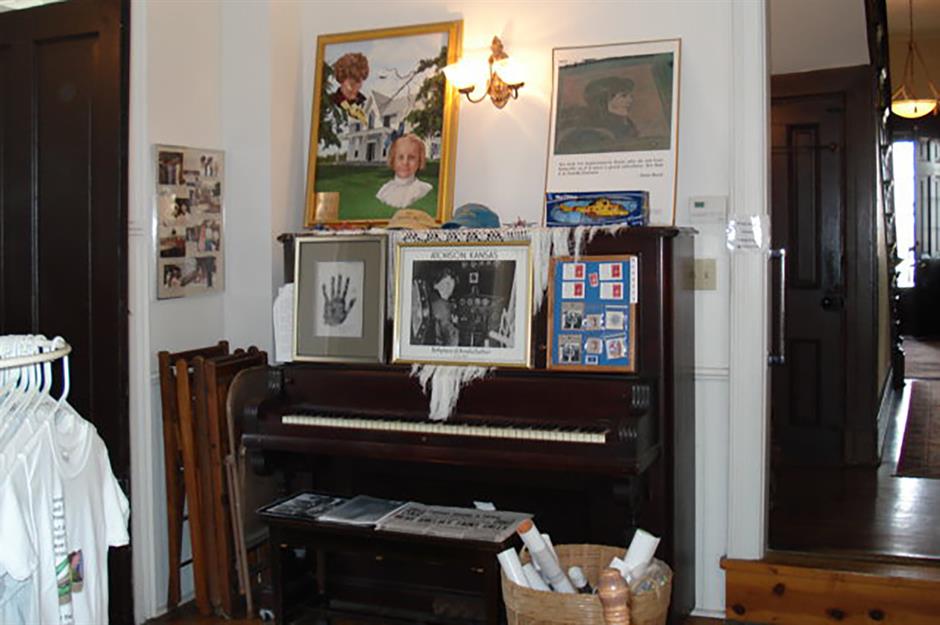
Amelia lived in this home more or less full time as a young child, up to 1909. Now a museum, it has been furnished to reflect how it would have looked in this period, with an antique piano and other furnishings from the era such as lace curtains and paintings. Amelia's amazing career as an educator, adventurer and activist came to a tragically short end when she disappeared over the Pacific Ocean during an attempt to fly around the world.
The Brontë parsonage, Yorkshire, UK
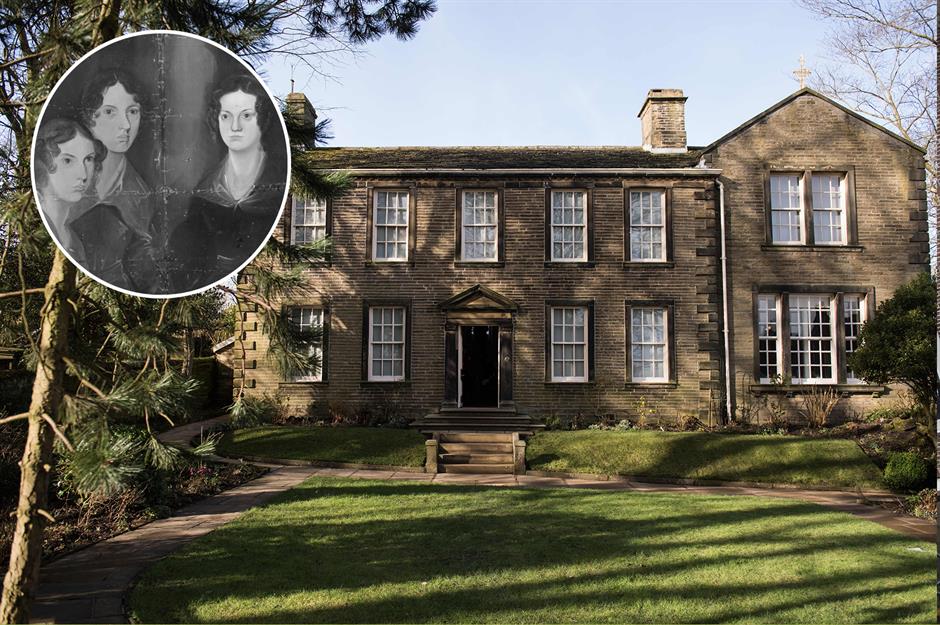
Literary legends, the Brontë sisters (Charlotte, Emily and Anne) were born in Thornton but moved to the village of Haworth in West Riding, Yorkshire, where their father took up the post of Perpetual Curate at the parsonage. It had been built between 1778 and 1779 and it's clear the moorland setting had a major influence on the three writers' work, as well as the isolation they grew up in. The parsonage itself was used as a location in The Railway Children film, where it featured as the home of Dr Forrest.
The Brontë parsonage, Yorkshire, UK
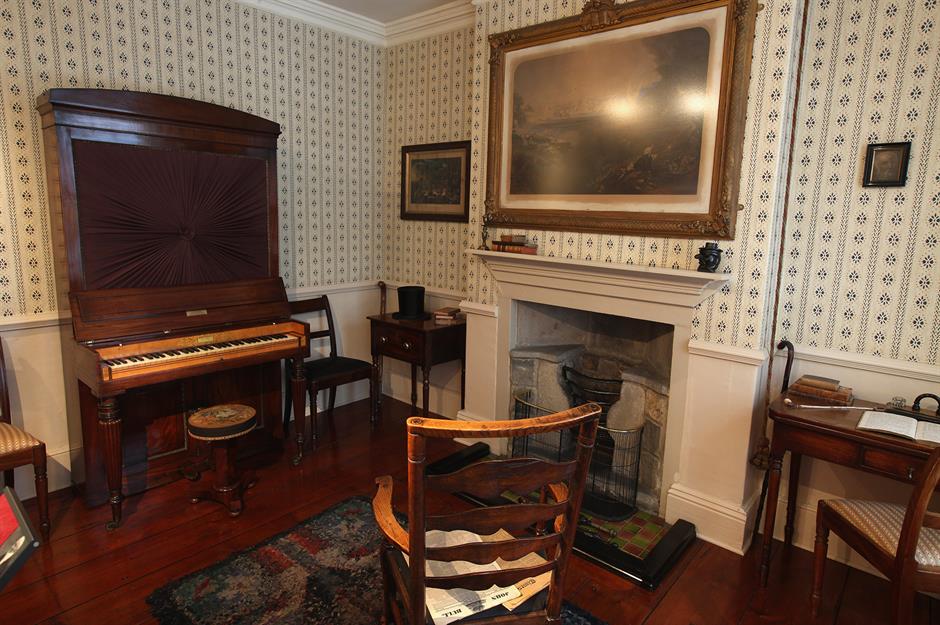
When their mother Maria died in 1821, the children's Aunt Elizabeth came to look after the family. And while over the years the sisters, spent time abroad working as teachers and governesses, they called the Parsonage home all their lives and all of their key novels were written here, including Charlotte Brontë's masterwork, Jane Eyre and Emily's only novel, Wuthering Heights, now considered a classic of English literature.
The Brontë parsonage, Yorkshire, UK
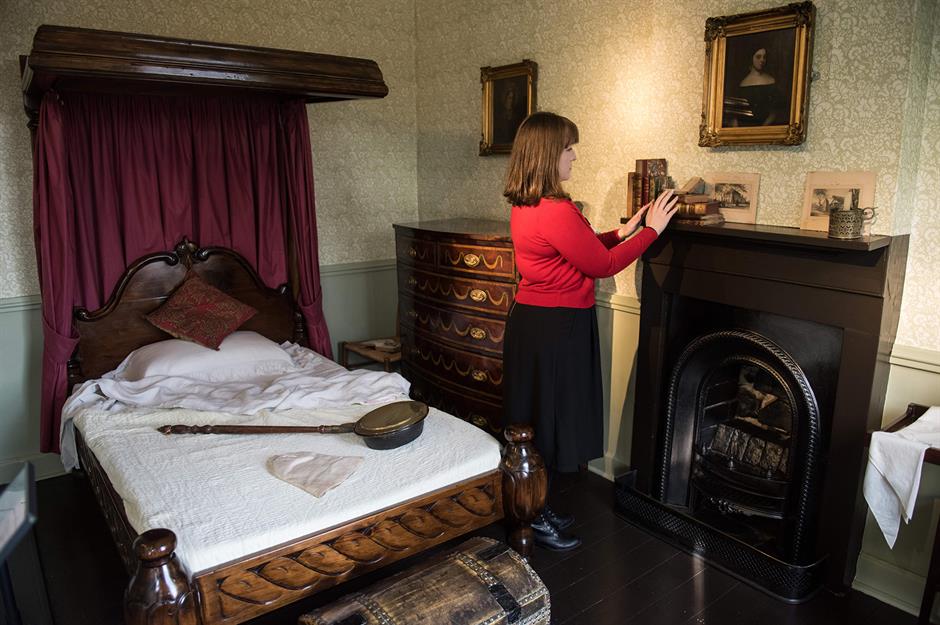
The Brontë parsonage, Yorkshire, UK

After his death, the parsonage was bought in 1928 for £3,000 by Sir James Roberts. It was he who converted it into The Brontë Parsonage Museum and gave it to the Brontë Society. Henry Bonnell of Philadelphia bequeathed his own collection to the society in 1926, and it was installed in the parsonage when it opened as a museum, along with other loaned and donated items. The mahogany desk at which Charlotte wrote her novels was donated anonymously to the museum in 2011.
Emily Dickinson's Homestead, Massachusetts, USA
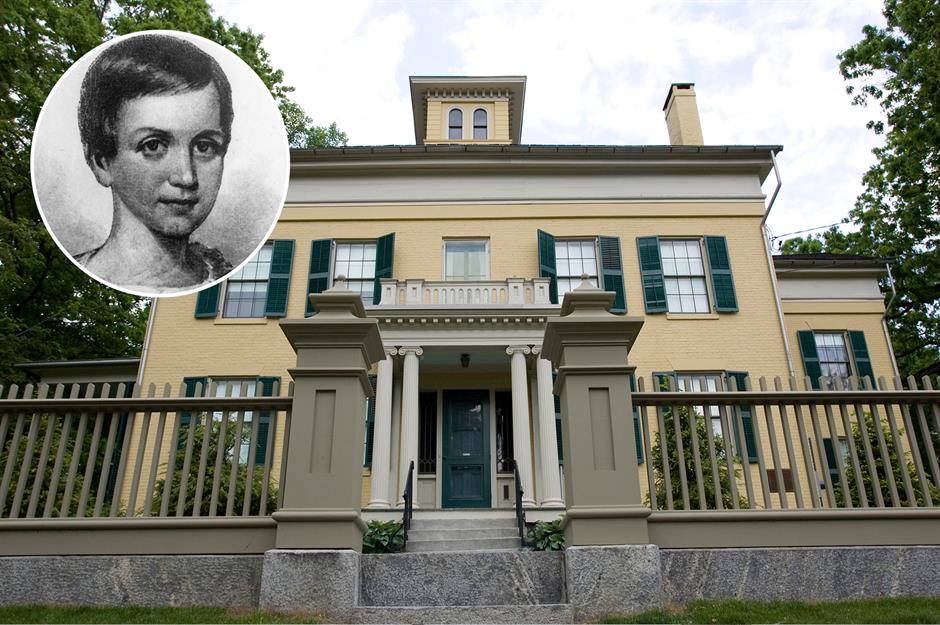
Emily Dickinson's Homestead, Massachusetts, USA
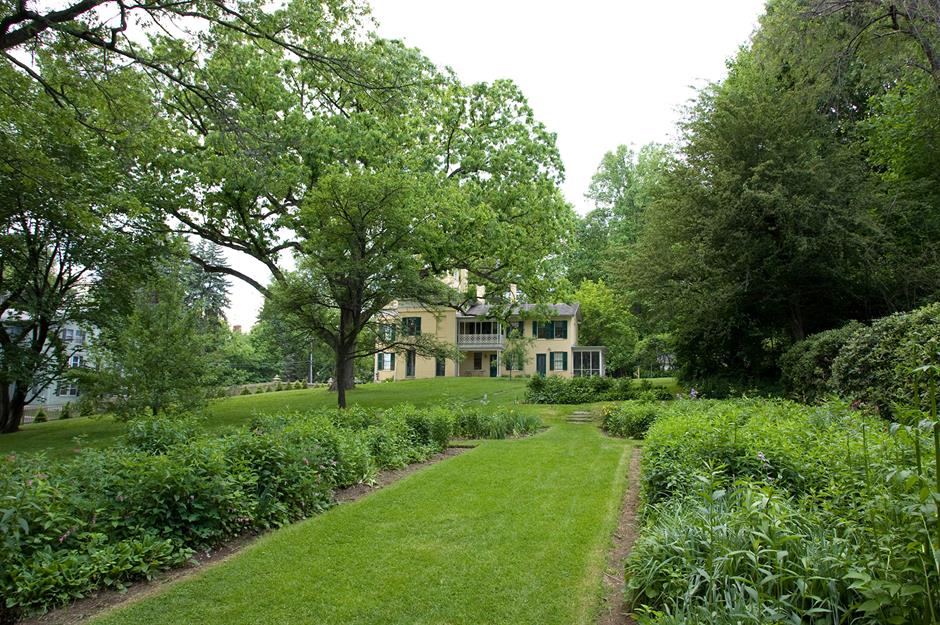
As the new owner once more, Edward made extensive alterations to the interior and exterior in 1855, including the addition of an Italianate cupola, veranda and other architectural detailing. He finished the house in an ochre and off-white paint scheme – which has now been reinstated by the museum after detailed paint analysis. He also built The Evergreens next door as a full-fledged Italianate villa for his son Austin and future daughter-in-law Susan, who was to feature heavily in Emily's handwritten letters and poetry.
Emily Dickinson's Homestead, Massachusetts, USA
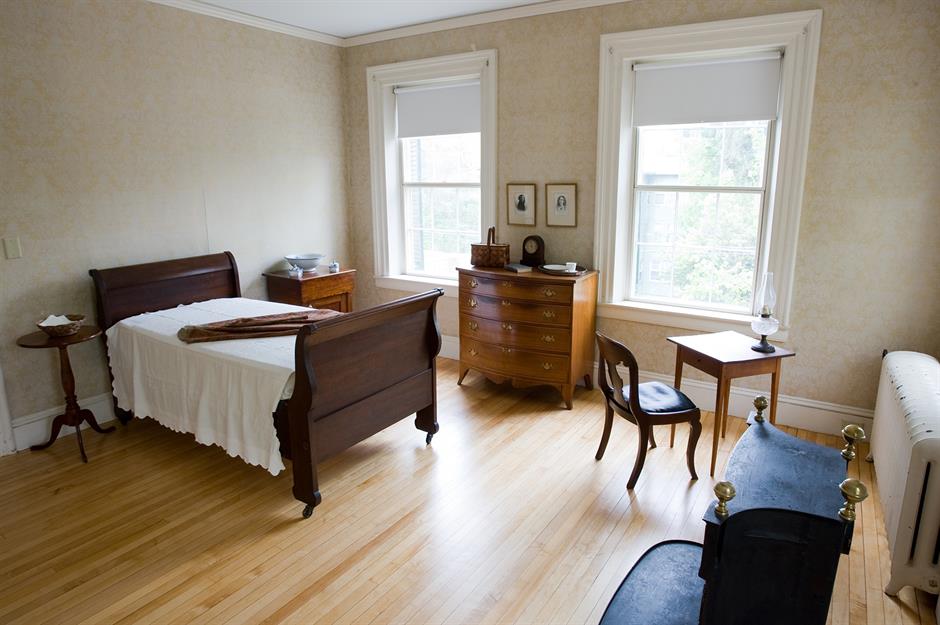
In recent years, the Emily Dickinson Museum has been running projects to return the house to a condition that more accurately reflects how Emily would have known it. As well as repainting its late nineteenth-century colours, Emily’s bedroom was renovated to how it was in her time and the gardens and boundaries have been restored.
Emily Dickinson's Homestead, Massachusetts, USA
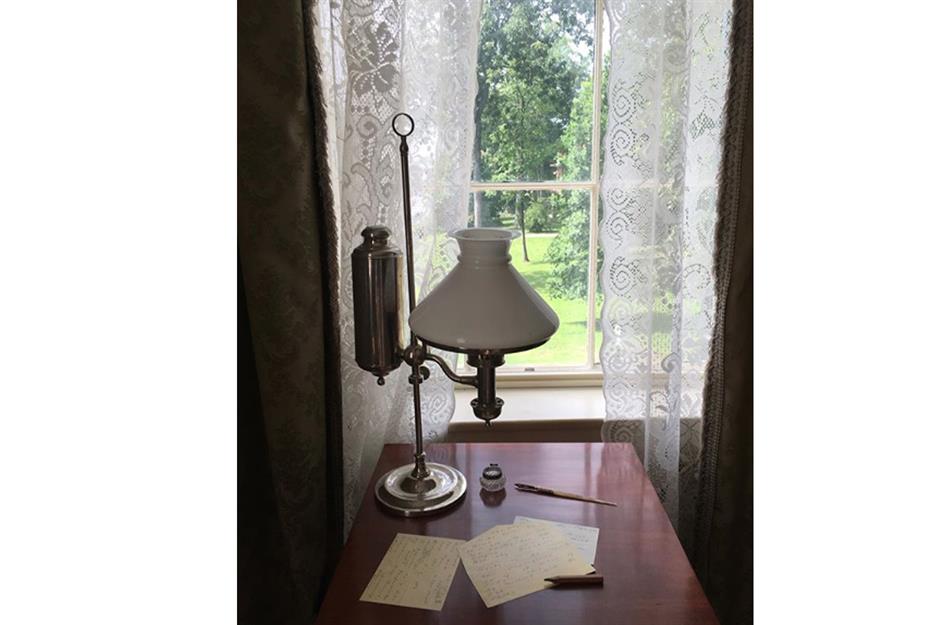
Emily’s quiet life here at the Homestead, and next door at the Evergreens, infused her with creative energy that led to almost 1800 poems and countless letters. Her most prolific period was 1858 to 1865, though only ten of her poems are known to have been published in her lifetime (all anonymously and presumably without her permission). Over this period she withdrew from society, ensconcing herself in the house and seeing very few people.
Anne Frank's annex, Amsterdam, The Netherlands
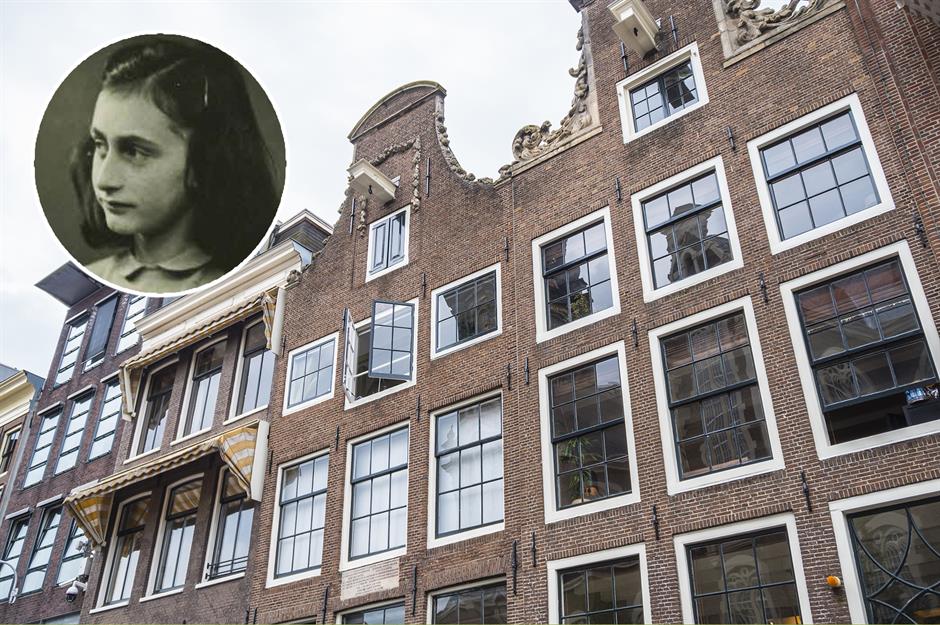
Anne Frank's wartime home is one of the most famous buildings in the world, thanks to her incredible and tragic diaries. During WWII, Anne and her family lived in the 'secret annex' of this 17th-century canal house, which had previously been a private home, a warehouse and even a stable.
Anne Frank's annex, Amsterdam, The Netherlands
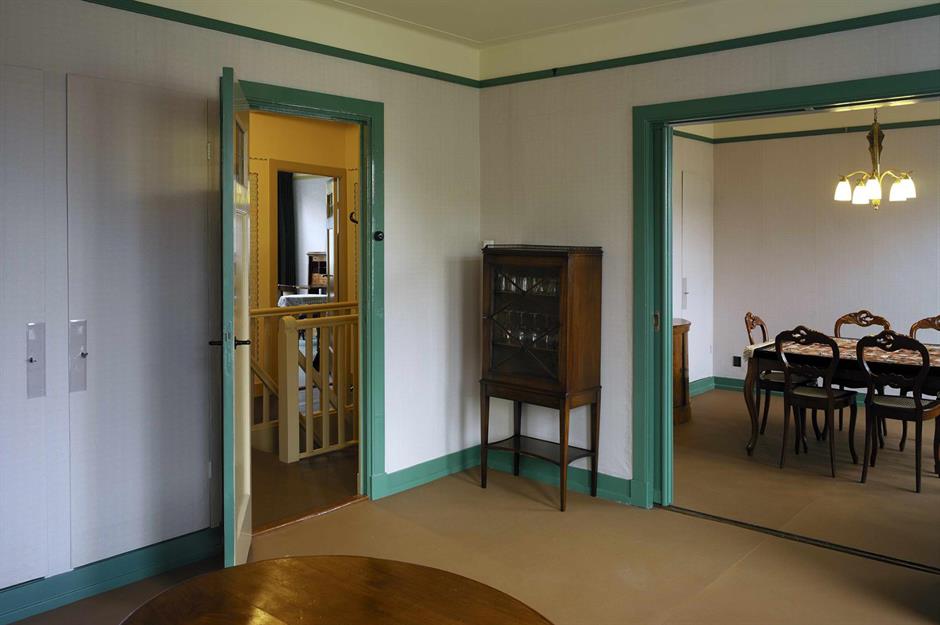
For one family, with outdoor access, the annex would have been a reasonable size and Anne writes in her diary that it was relatively luxurious compared to other hiding places they had heard about. But with so many people and no ability to leave the building, it became cramped quickly. The Franks shared the space with another Jewish family also hiding from Nazi prosecution.
Anne Frank's annex, Amsterdam, The Netherlands
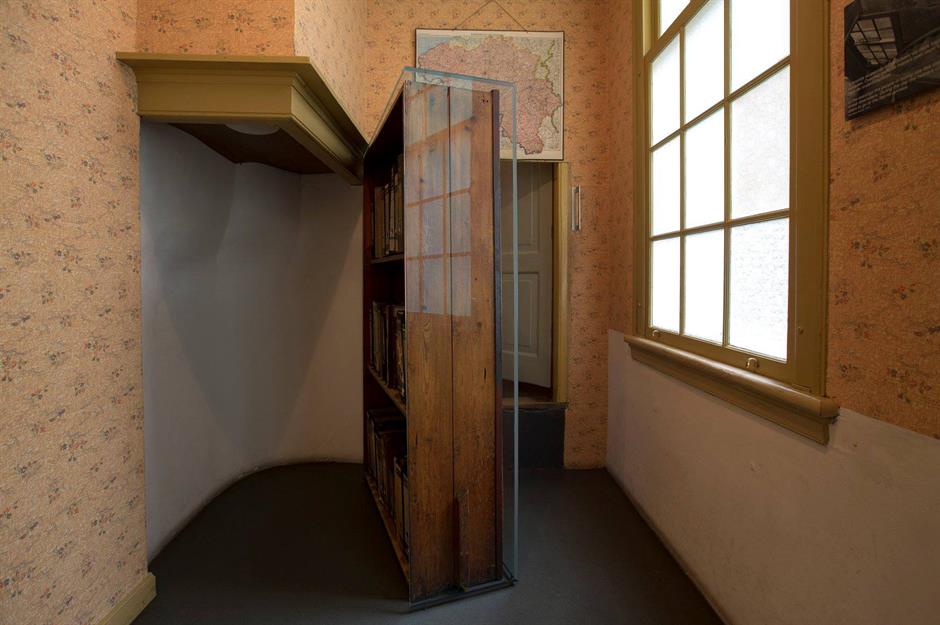
Anne Frank's annex, Amsterdam, The Netherlands
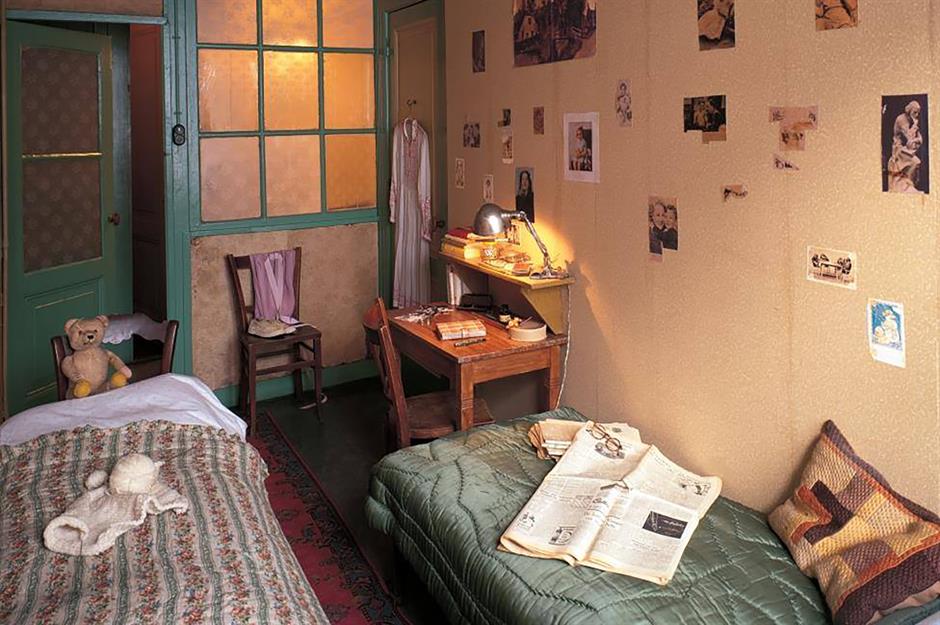
In an attempt to live some semblance of a normal life, Anne pasted photos of celebrities and film stars on her wall, that her father had collected for her. Since opening in 1960, the Anne Frank House museum has recreated and preserved the annex, giving an idea of the experience Anne and her family went through. It's been through several renovations and is one of the most visited buildings in Amsterdam.
Harriet Beecher Stowe's family home, Cincinnati, USA
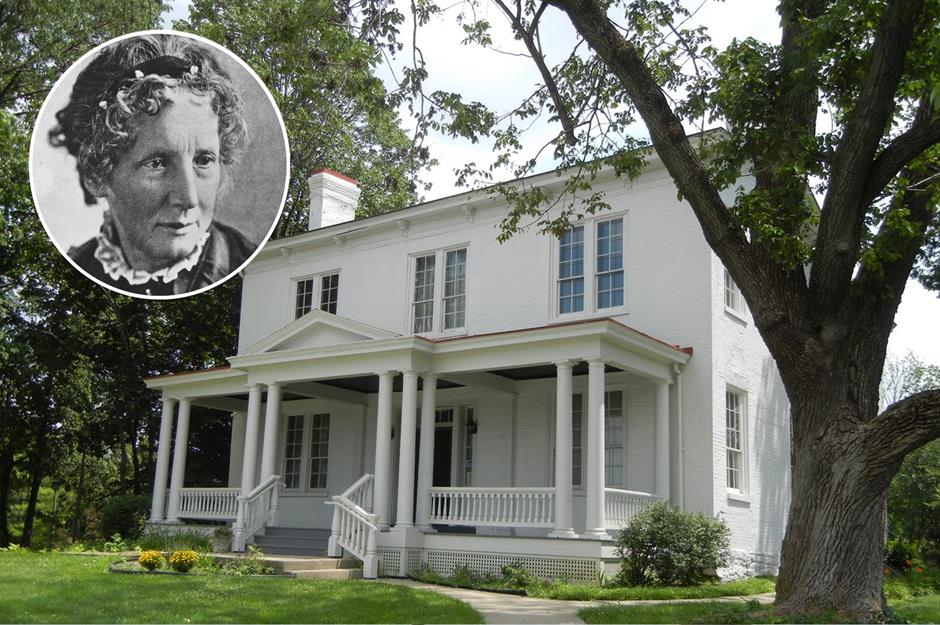
Abolitionist and Uncle Tom's Cabin author, Harriet Beecher Stowe lived in this Cincinnati house with her family as a young girl. The building was owned by the local seminary and was offered as a home to Harriet's father Lyman Beecher, when he accepted a job at Lane Theological Seminary. The Harriet Beecher Stowe House is now open to the public for information and education about the great woman and her work.
Harriet Beecher Stowe's family home, Cincinnati, USA
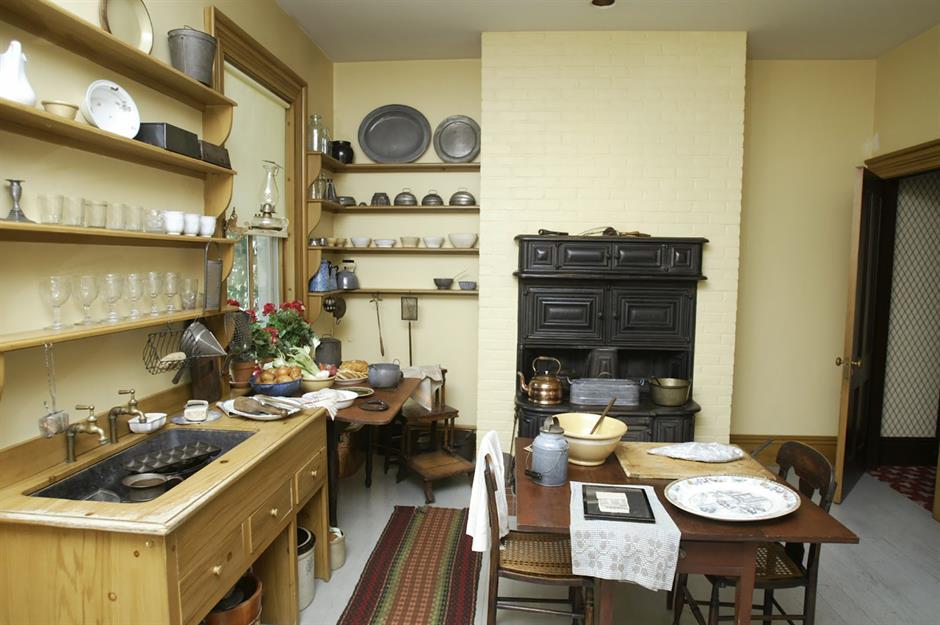
Cincinnati was an active area for the anti-slavery abolitionist movement and during a visit to Maysville, Kentucky in 1933, Harriet witnessed a slave auction. She was so distressed by the experience she later went on to write Uncle Tom's Cabin, an important book in the fight to end slavery.
Harriet Beecher Stowe's family home, Cincinnati, USA
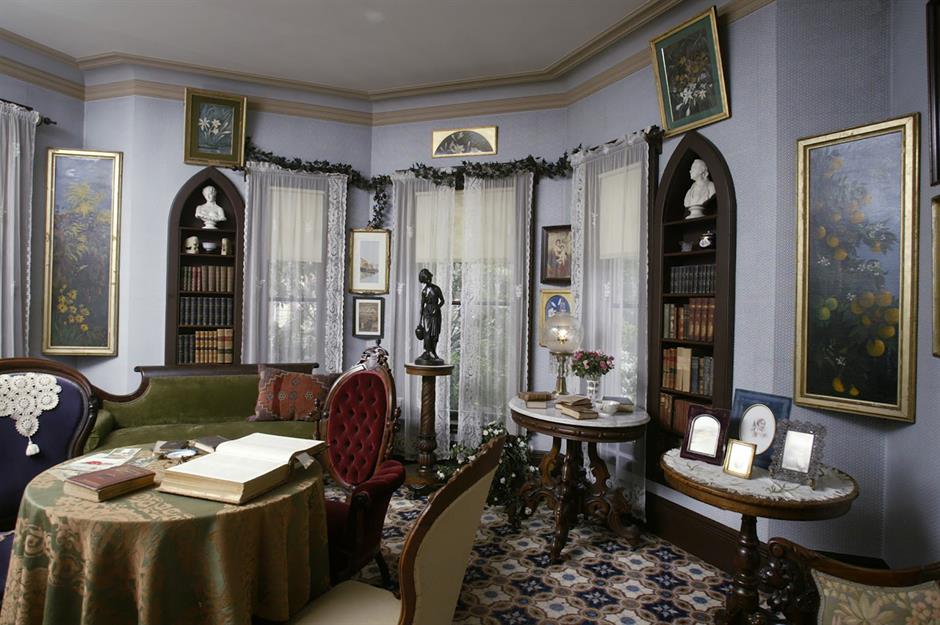
Beecher Stowe was from a famous religious family of the time, the seventh of 13 siblings. The family lived in this Walnut Hills house in Cincinnati for 18 years, many of them playing an active role in their activism against injustice.
See more like this: These time capsule homes have remained untouched
Harriet Beecher Stowe's family home, Cincinnati, USA
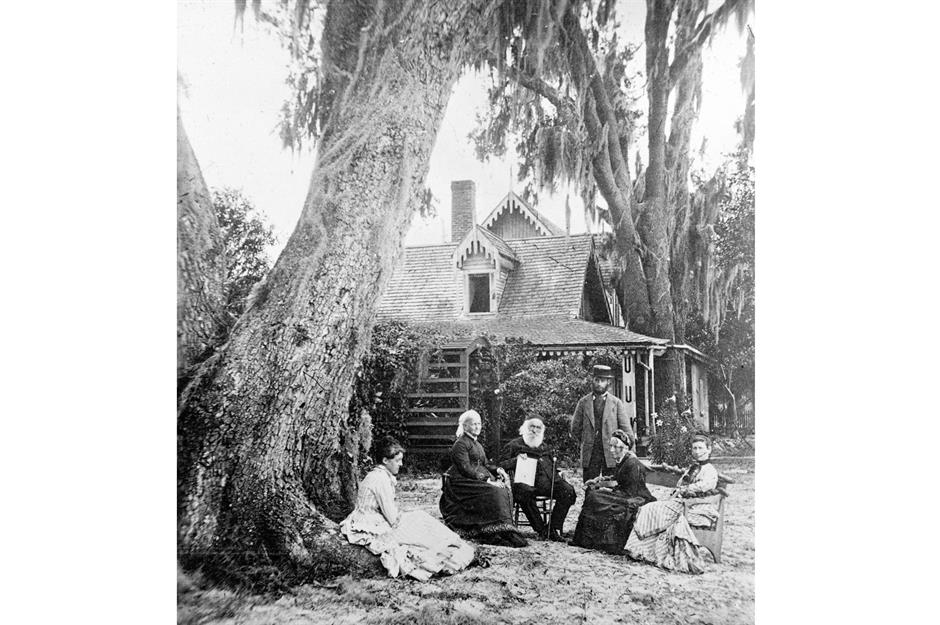
Distinguishing herself among an already distinguished family, Harriet began her career as a writer in Cincinnati. What would become Uncle Tom's Cabin started life as instalments of a story, published in the newspaper The National, starting in June 1851. In March 1852, the book was published to great acclaim. It was later suggested it played a major role in the start of the civil war, stirring up abolitionist feeling by depicting the harsh conditions for enslaved African Americans.
Frida Kahlo's Casa Azul, Mexico City, Mexico
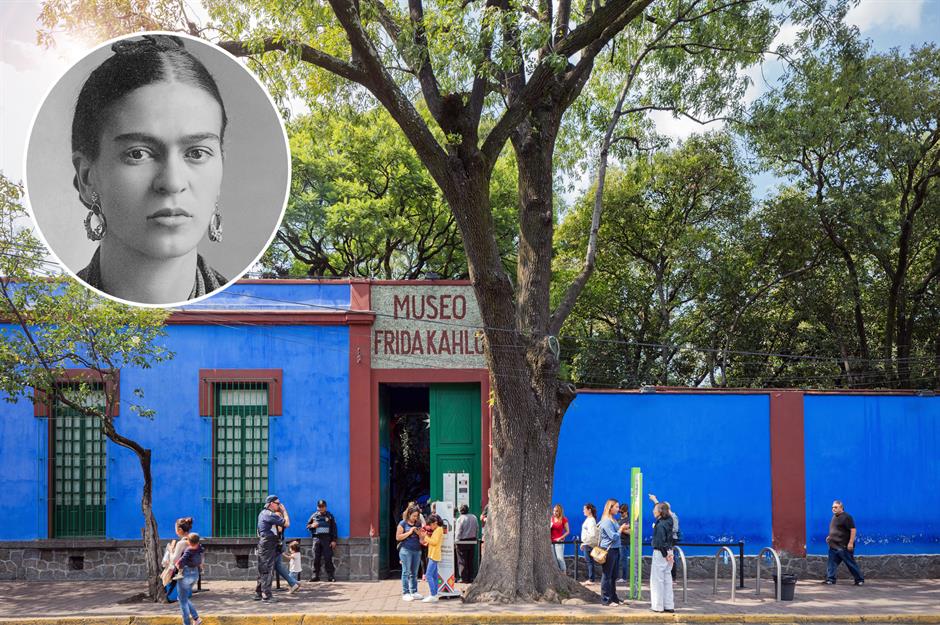
Artist Frida Kahlo's striking Casa Azul (Blue House), was her childhood home, a political refuge, her convalescing space, marital home and also where she died. Located in the Colonia del Carmen neighbourhood of Coyoacán in Mexico City, it was built in 1904 and became a museum to Kahlo in 1958, retaining much of its original appearance.
Frida Kahlo's Casa Azul, Mexico City, Mexico
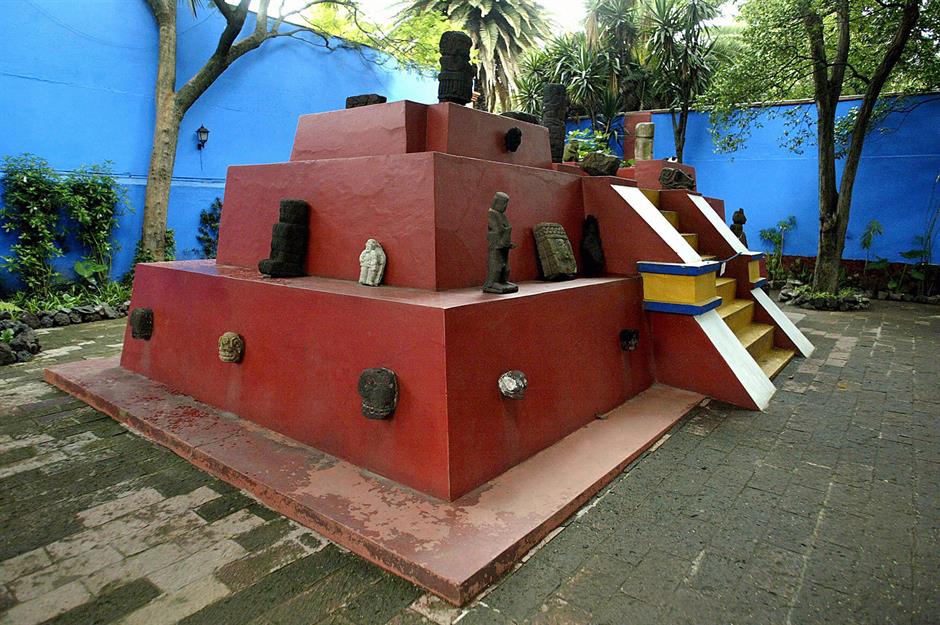
The house is built to a traditional colonial Mexican style, around a central courtyard with garden space. Additions to the house were made by Frida's husband Diego Rivera, including enclosing the courtyard entirely and adding an extra wing, which became Frida's. The building is large, with two floors, various bedrooms and studio space for both artists, plus large communal areas. It's also decorated with art and design by local and national artists and original archaeological finds.
Frida Kahlo's Casa Azul, Mexico City, Mexico
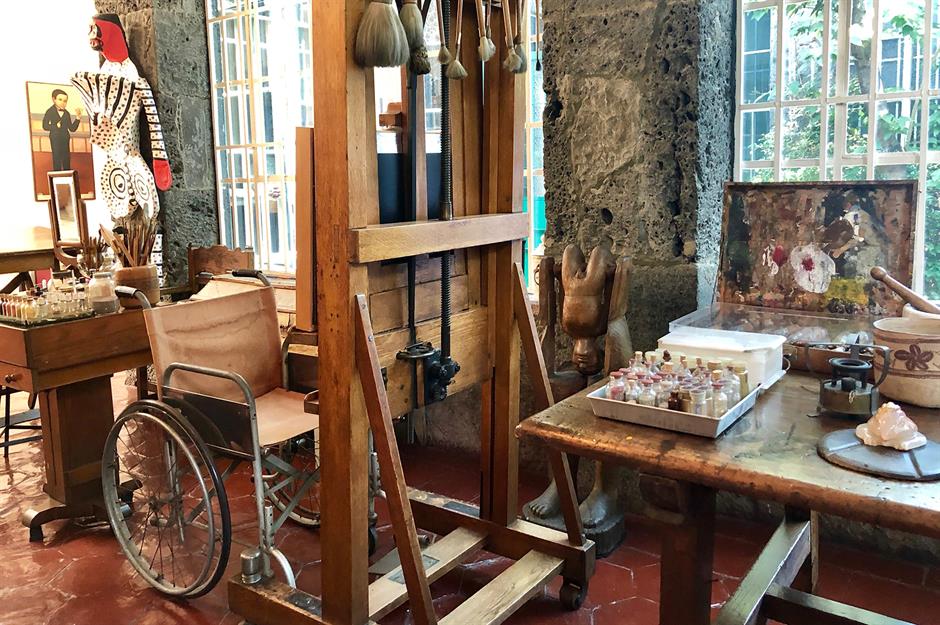
Frida Kahlo's Casa Azul, Mexico City, Mexico
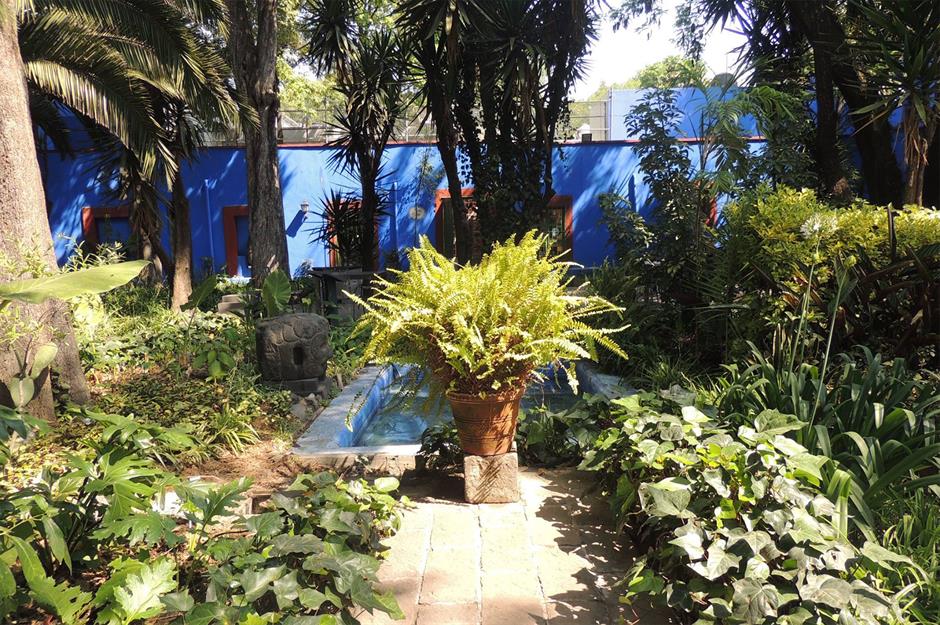
Frida died on the upper floor of the house at the age of just 47. Rivera, who had another property, donated the house to the nation of Mexico four years later and it was turned into the museum it remains today, Museo Frida Kahlo. That it kept its original feel and features is thanks to the mandate that was placed on the first director of the museum, Carlos Pellicer, to keep it as it was.
Love this? Check out these amazing fashion designers' homes.
Florence Nightingale's manor, Derbyshire, UK
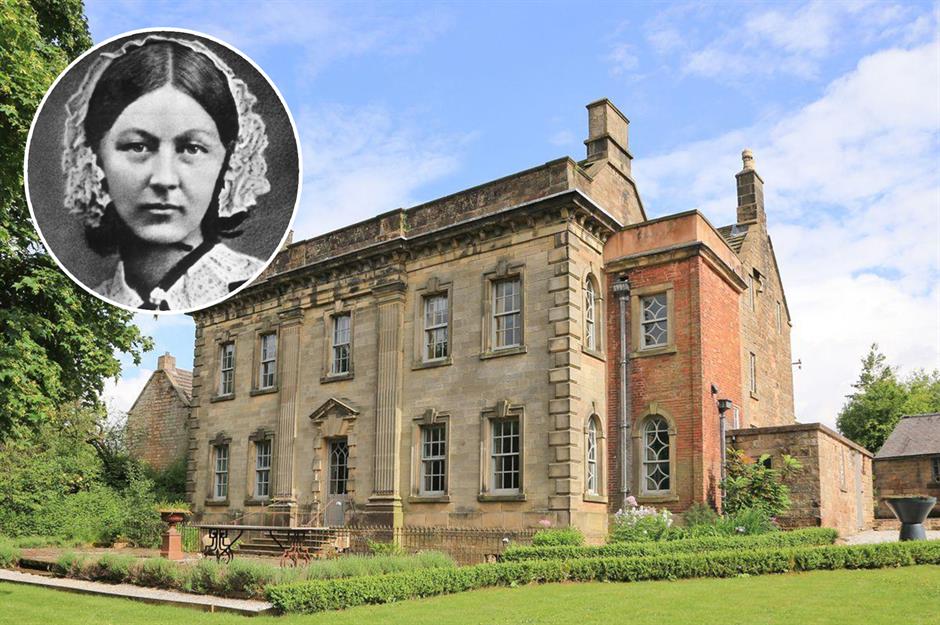
The founder of modern nursing, Florence Nightingale was born in her namesake Italian city of Florence but this was the building she lived in with her family when they emigrated to England in 1821. Lea Hall is a Grade II-listed building in Matlock, Derbyshire, and its appearance is much like it would have been when Florence lived there in the 17th Century, thanks to careful restoration by its recent owners and the retention of many of the original features.
Florence Nightingale's manor, Derbyshire, UK
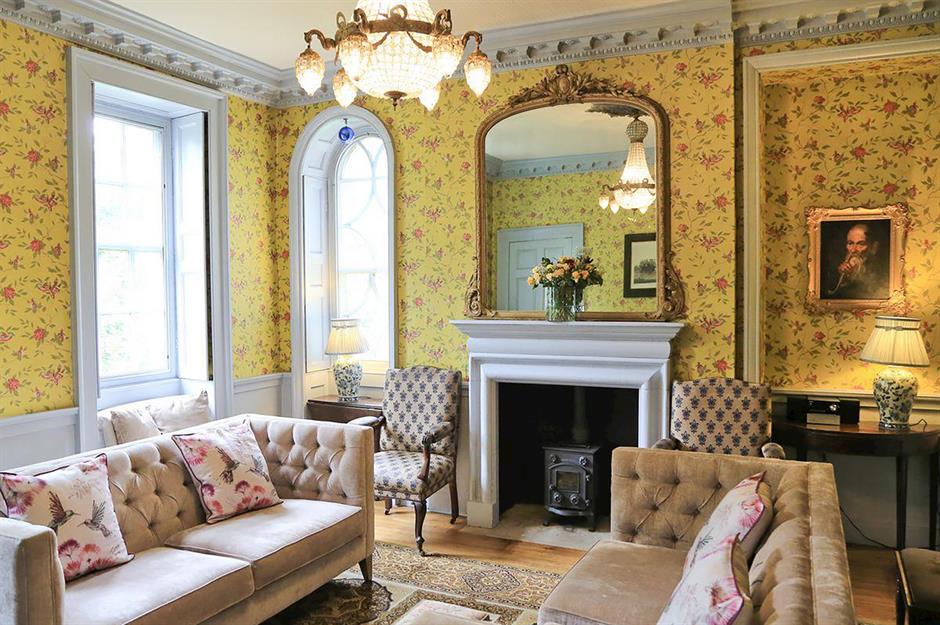
Florence Nightingale's manor, Derbyshire, UK
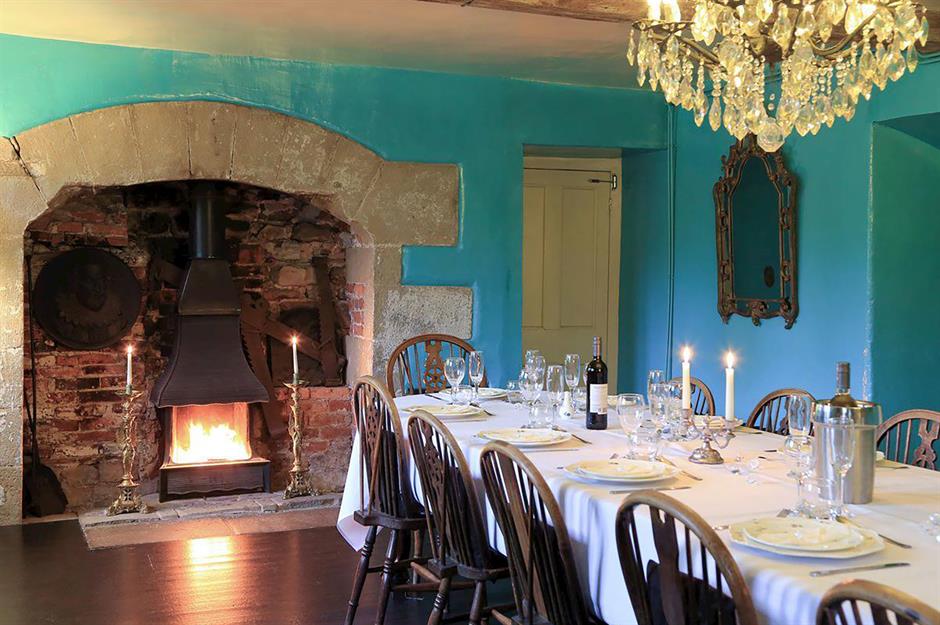
When Florence returned from the Crimea War, she famously walked from nearby Whatstandwell Station to Lea Hall, suitcase in hand. As she entered through the front door into the impressive entrance hall, she would have seen the same flagstone floor, shutters, fireplace and beamed ceilings. Walking through to the dining room, there is a stunning chandelier and open fire; a perfect resting spot for a weary traveller.
Florence Nightingale's manor, Derbyshire, UK
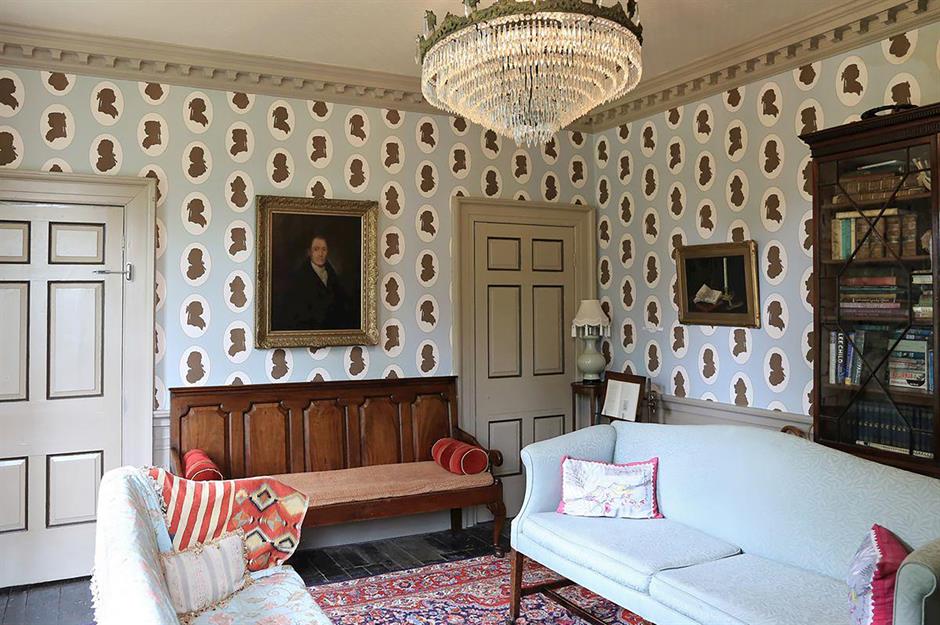
The Nightingale family continued to live in the hall until the late 1800s and it remained in the family until 1922. Later it became a care home for the elderly and a private hospital – very in keeping with Florence's life work. In 2006 it was sold back into private hands and restored (with some modern additions) to a home. The entire home can now be rented as a holiday cottage.
Princess Diana's stately home, Northamptonshire, UK
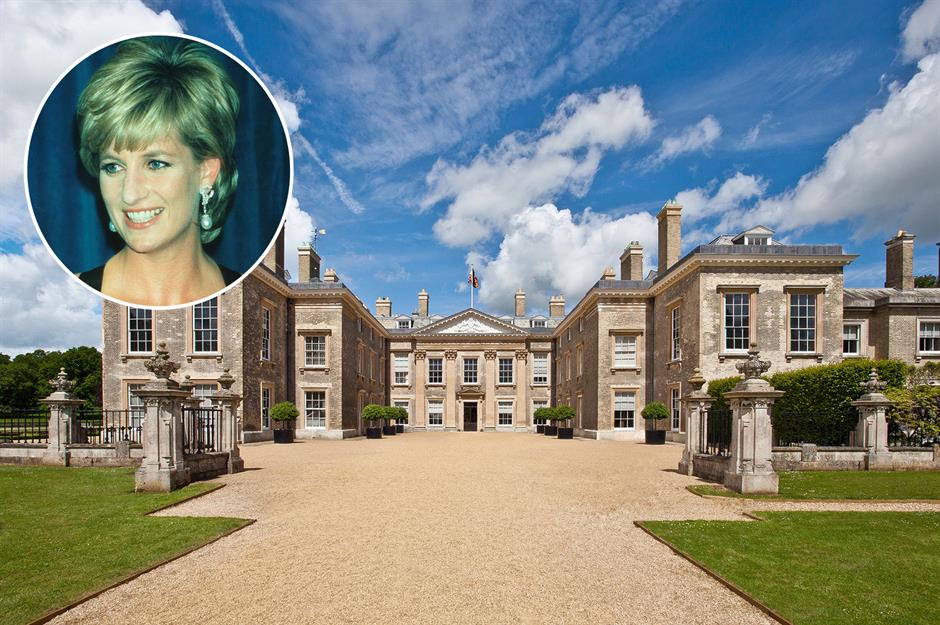
Althorp in Northamptonshire has been the Spencer family home for more than five centuries. It was Diana Spencer's childhood home, from the time of her parents' divorce to when she became the Princess of Wales. It's also her final resting place, with a private grave in the grounds.
Princess Diana's stately home, Northamptonshire, UK
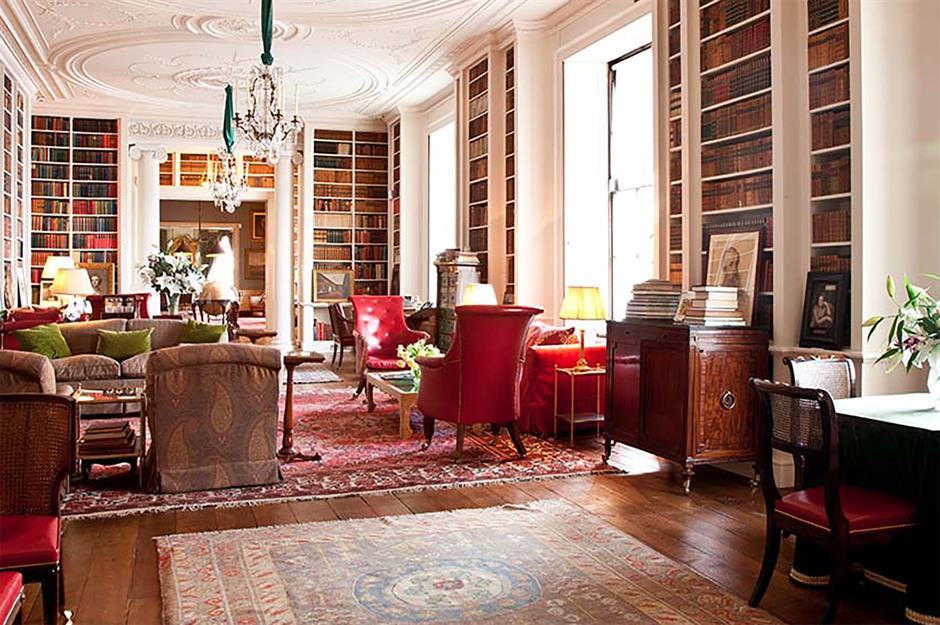
Princess Diana's stately home, Northamptonshire, UK
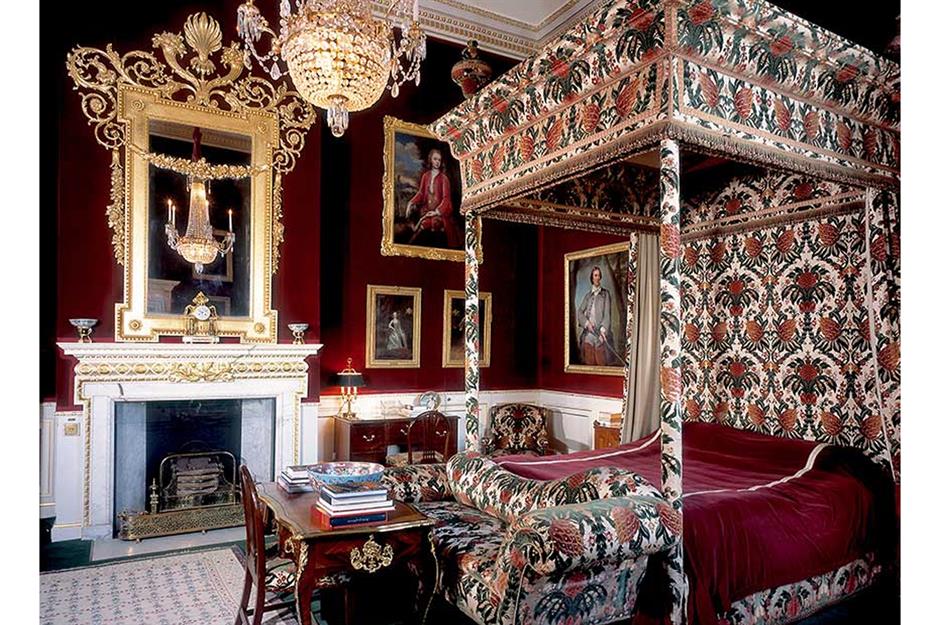
Princess Diana's stately home, Northamptonshire, UK

Inside Althorp is the Spencer family's incredible collection of art and antiques, including numerous portraits. The estate contains 28 listed buildings and structures, including stables and the gardener's house. Althorp House and Estate has been open to the public since 1958, which has been vital in keeping the property in such stunning condition.
Loved this? Check out the childhood homes of the rich and famous
Comments
Be the first to comment
Do you want to comment on this article? You need to be signed in for this feature